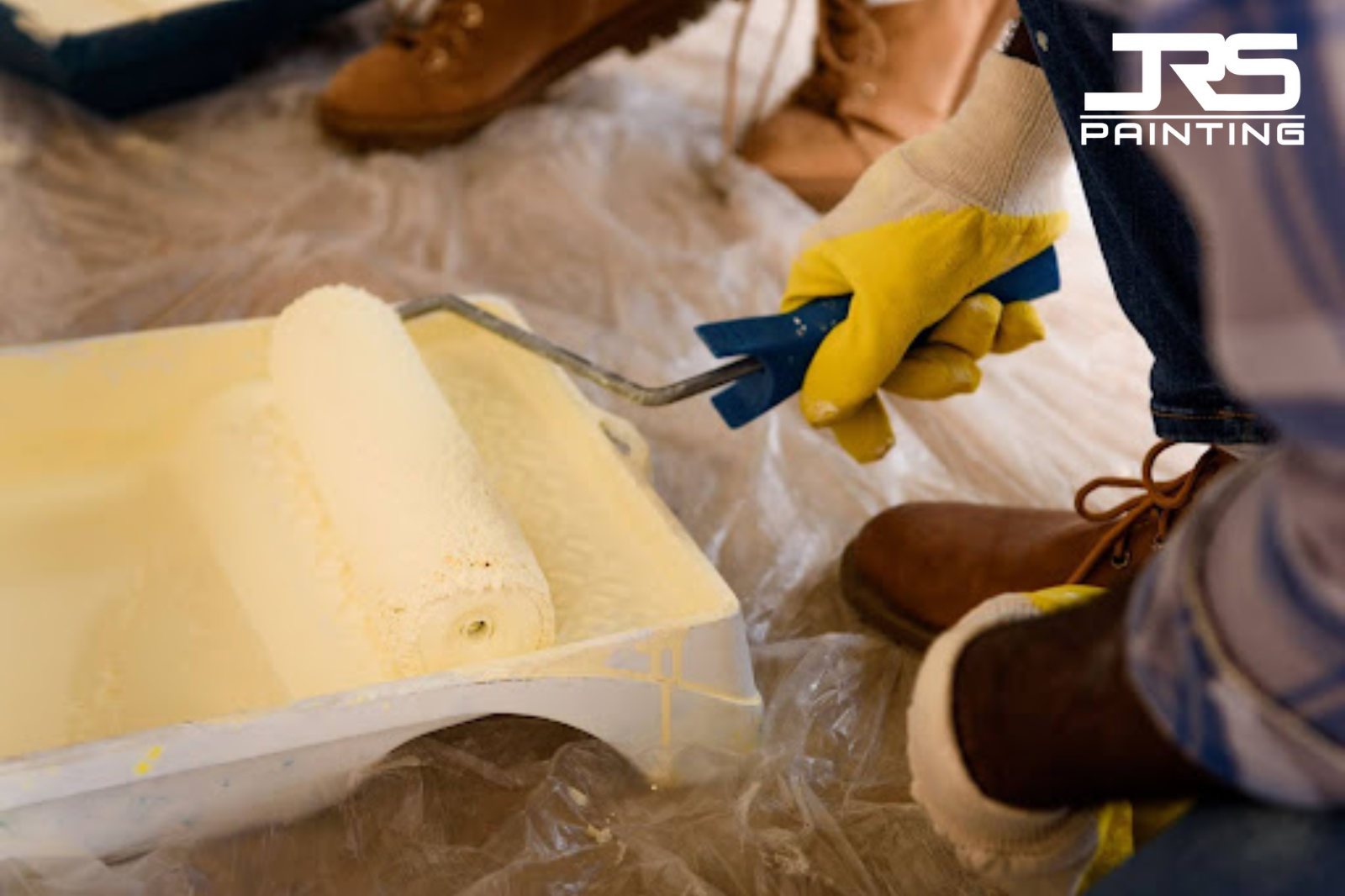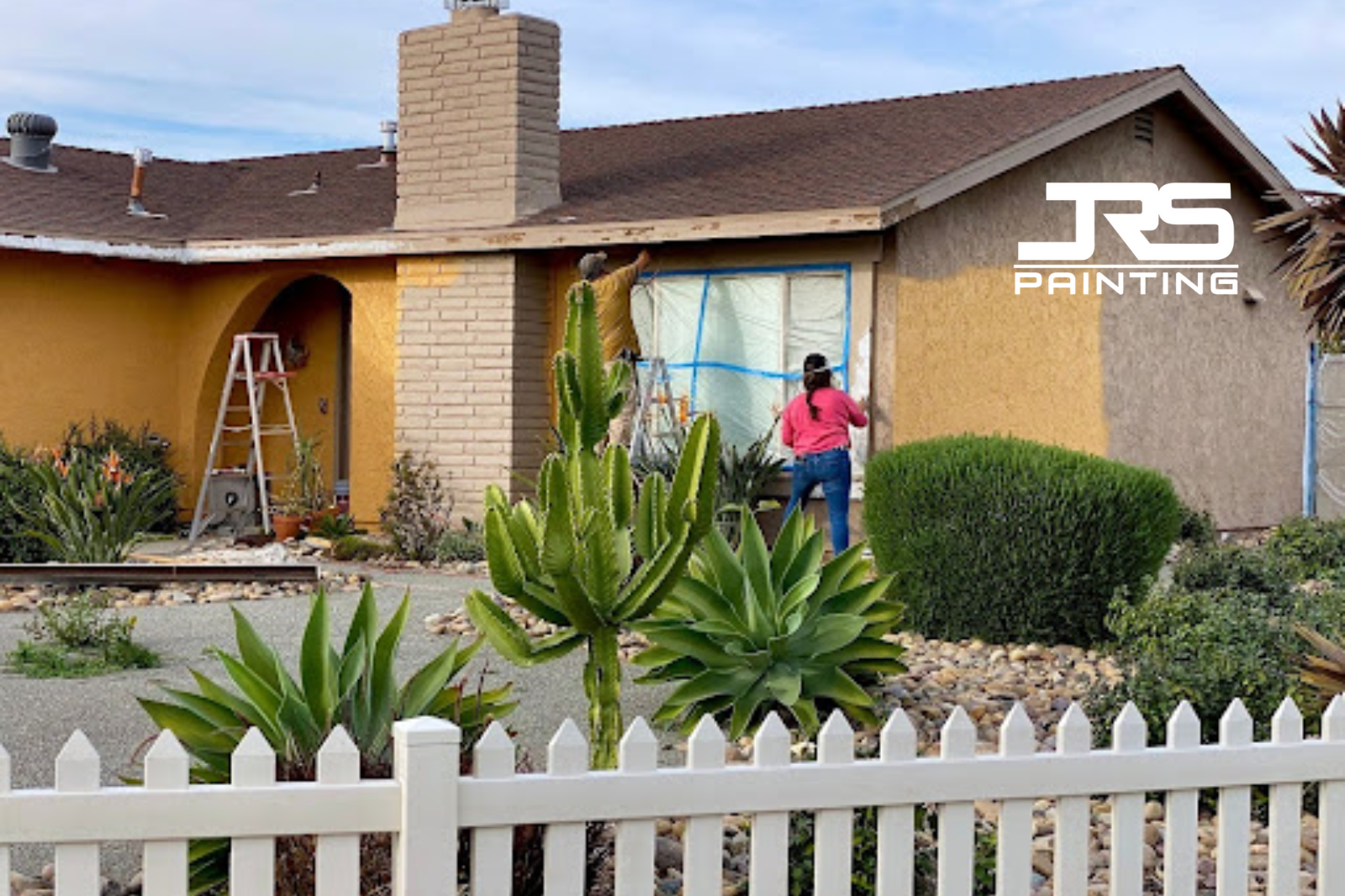
Preparing for exterior paint job success starts long before the first brush stroke. In Chandler's challenging desert climate, proper preparation is absolutely critical for achieving a long-lasting, professional finish that can withstand intense UV rays, extreme temperatures, and occasional dust storms.
Whether you're working with a professional residential painting companyor tackling the project yourself, following these comprehensive preparation tips will ensure your exterior paint job delivers maximum value and longevity.
Start with Thorough Planning and Scheduling
Preparing for exterior paint job success begins with careful planning and timing. Chandler's climate offers specific windows of opportunity when conditions are ideal for exterior painting. The cooler months between October and April provide the best conditions, with moderate temperatures and lower humidity that allow acrylic paint to cure properly without excessive heat affecting the adhesive properties.
Schedule your exterior paint job well in advance, as the optimal painting season is popular among homeowners and contractors. Consider factors like upcoming weather patterns, family events, and any planned landscaping work that might interfere with the painting process. Proper scheduling ensures you have adequate time for all preparation steps, including roof inspection, chimney maintenance, and porch refinishing, without rushing through critical phases.
Create a detailed timeline that includes surface preparation, primer application, and multiple paint coats. Factor in drying time between coats, which can be affected by temperature and humidity levels. In Chandler's dry climate, paint may dry faster than expected, but proper curing still requires adequate time between applications to prevent moisture infiltration and ensure long-lasting results.
Conduct a Comprehensive Exterior Inspection
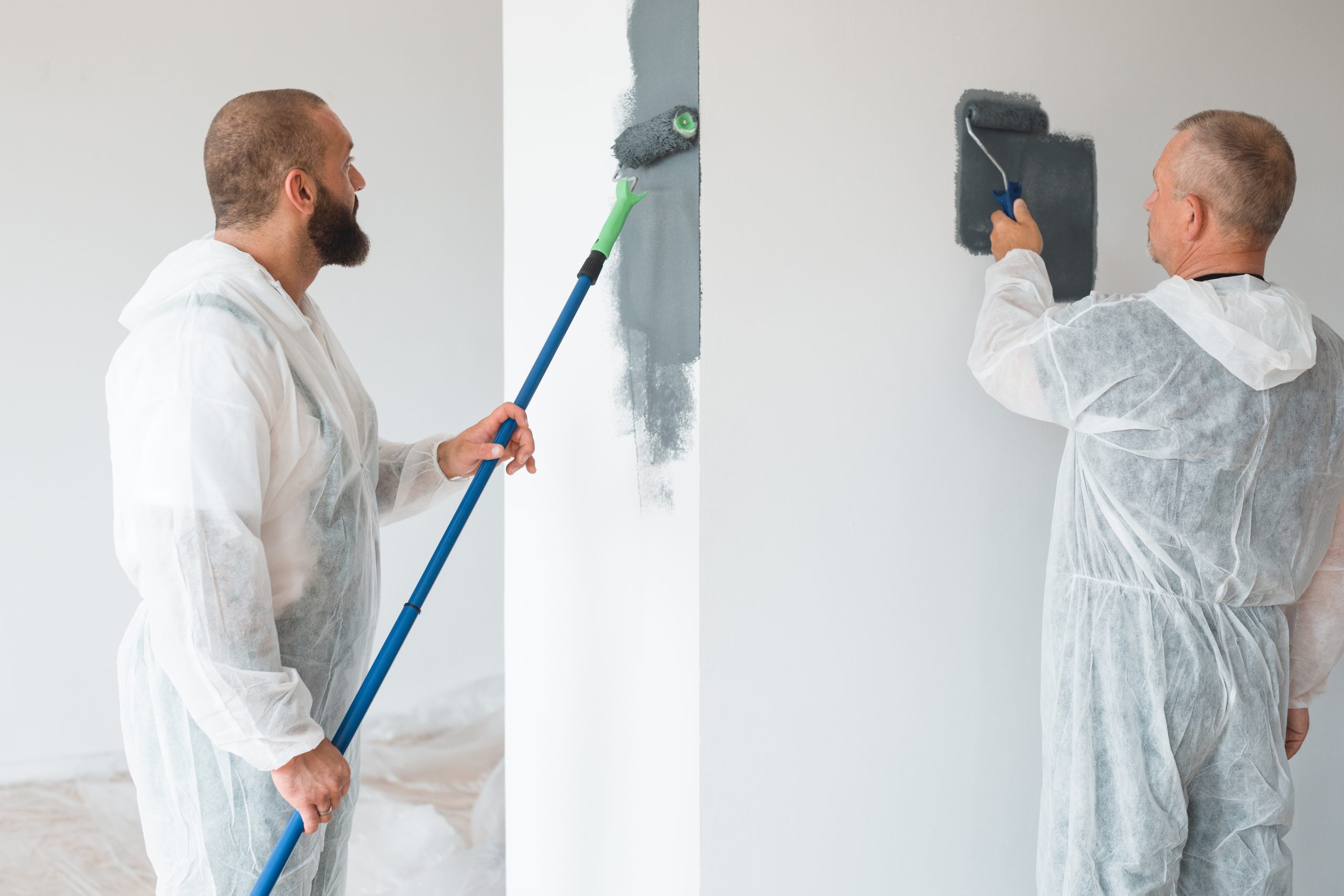
Before preparing for exterior paint job execution, conduct a thorough inspection of your home's exterior surfaces. Walk around your property and examine all areas that will be painted, including siding, stucco, brick, concrete foundations, and metal fixtures, looking for signs of damage, wear, or potential problems that need attention before painting begins.
Check for peeling or chalking paint, which indicates the existing coating is failing and requires removal with a paint scraper or wire brush. Look for cracks in wood siding, gaps in caulk around window and door frames, and any signs of moisture damage, mold, or mildew growth. Metal surfaces should be inspected for rust or corrosion that needs treatment before painting.
Pay special attention to areas that receive intense sun exposure, as these surfaces often show the most wear in Chandler's climate. South and west-facing wall sections typically require more preparation due to UV damage and thermal expansion cycles. Document any issues you find, including problems with light fixture mounting, ceiling overhangs, and floor-to-wall transitions that affect the paint's ability to adhere properly.
Clean All Exterior Surfaces Thoroughly
Proper surface cleaningis fundamental when preparing for exterior paint job success. Chandler's dusty environment means your home's exterior accumulates significant dirt, dust, and debris that can prevent paint from adhering properly. Clean surfaces ensure better paint adhesion and a more professional-looking finish that will continue to protect your investment.
Start by power washing your home's exterior using appropriate pressure settings for different materials. Wood siding requires lower pressure than stucco or masonry to avoid damage, while brick surfaces can handle more aggressive cleaning. Work from top to bottom, allowing each section to dry completely before moving to the next area. Pay special attention to areas under eaves and overhangs where dirt, debris, and spider webs accumulate.
For stubborn stains, mildew, or chalky residue, use appropriate cleaning solutions designed for your specific surface materials. Trisodium phosphate (TSP) works well for heavy-duty cleaning, while bleach solutions effectively remove mold and mildew. Use a vacuum to remove loose debris from crevices and joints before washing. Allow all surfaces to dry completely -- typically 24-48 hours in Chandler's dry climate -- before proceeding with additional preparation steps.
Remove or Repair Damaged Paint
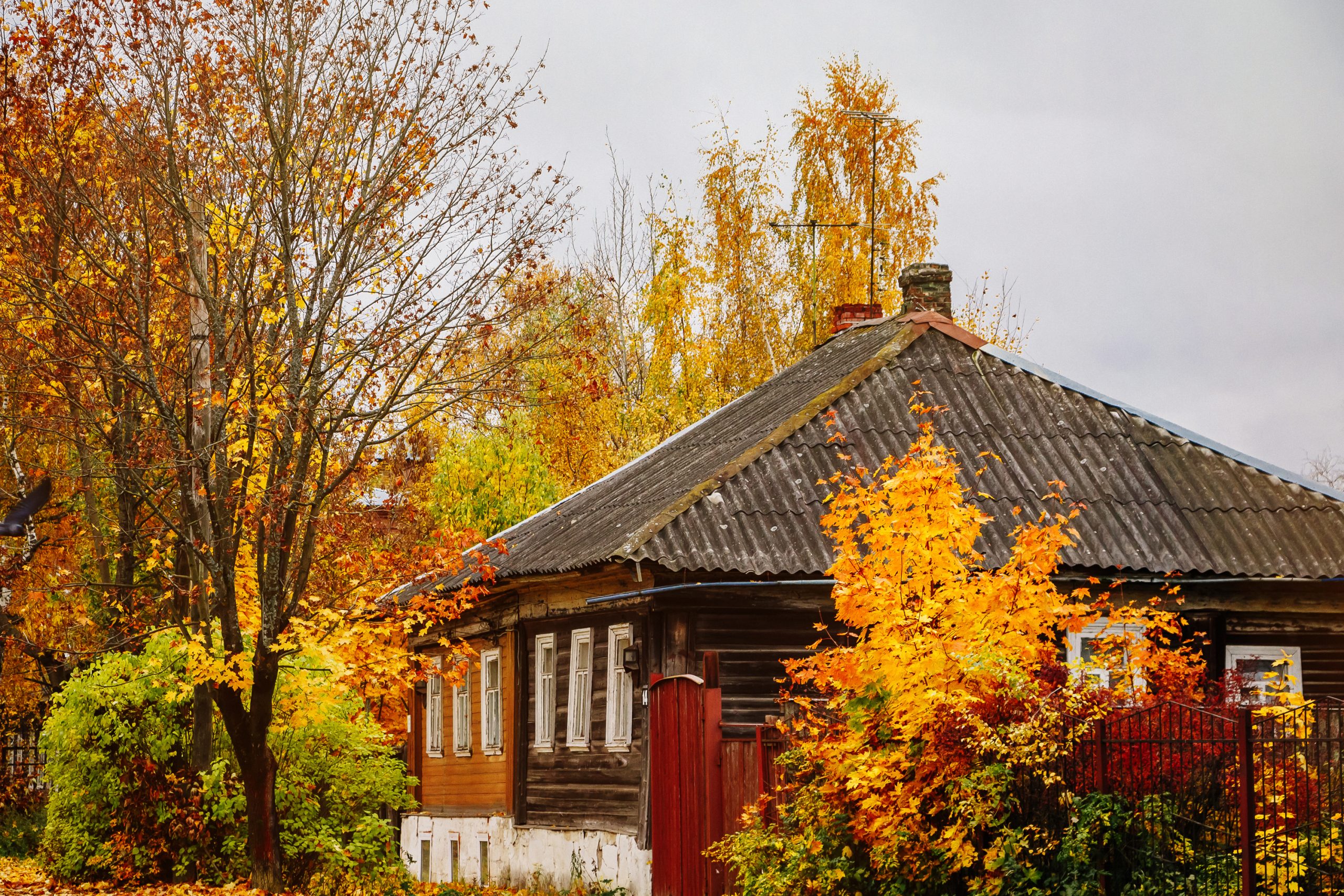
Preparing for exterior paint job success requires addressing all existing paint problems before applying new coatings. In Chandler's harsh climate, old paint often fails through peeling, cracking, or chalking, and these issues must be resolved to ensure the new paint performs properly. Special attention must be paid to lead paint concerns in older homes.
Use appropriate tools to remove loose, peeling, or flaking paint. A quality paint scraper works well for small areas, while a random orbital sander or power sanders may be necessary for extensive damage. For stubborn paint removal, consider using a heat gun or chemical paint stripper, but always follow safety protocols. When dealing with older homes that may contain lead paint, use proper containment methods and consider professional lead-safe work practices.
After removing damaged paint, sand the remaining edges smooth with fine-grit sandpaper to create a uniform surface. This prevents visible paint lines and ensures even coverage. For areas where paint has been completely removed, clean with a wire brush to remove all debris, then apply a high-quality primer specifically designed for your surface material and Chandler's climate conditions.
Address Surface Repairs and Caulking
Quality surface repairs are essential when preparing for exterior paint job longevity. Chandler's extreme temperature fluctuations cause materials to expand and contract, creating gaps and cracks that allow moisture infiltration and compromise the paint system's integrity. Proper use of joint compound, filler, and sealant products ensures lasting repairs.
Fill nail holes, small dents, and imperfections with appropriate wood filler or exterior-grade filler compound. For larger repairs, you may need to replace damaged sections of siding, drywall, or trim. Use a quality brush to apply filler smoothly, and sand with appropriate sandpaper once cured. Allow all repairs to cure completely according to manufacturer recommendations before sanding smooth and priming.
Inspect and replace caulk around window frames, door openings, trim joints, and other areas where different materials meet. Old, cracked caulking allows moisture penetration that can cause paint failure and structural damage. Remove old caulk completely, clean the joint thoroughly, and apply high-quality, paintable exterior caulk that remains flexible in temperature extremes. Use a caulk gun for consistent application and smooth with a tool for professional-looking seals.
Protect Landscaping and Property
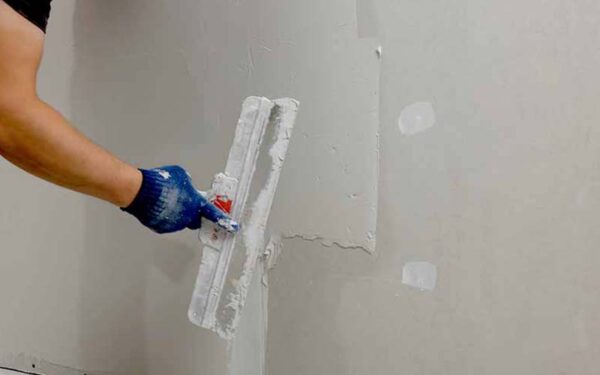
Proper priming is crucial when preparing for exterior paint job durability in Chandler's challenging environment. Different surfaces require specific primer types to ensure optimal paint adhesion and longevity under constant UV exposure and temperature extremes.
Bare wood requires a high-quality oil-based or acrylic primer that penetrates the wood fibers and provides excellent adhesive properties for the topcoat. Previously painted surfaces in good condition may only need spot priming over repairs and bare areas. However, if you're changing from a dark color to a light color, or vice versa, a full prime coat ensures proper color coverage and uniformity.
Metal surfaces, including wrought iron, steel, and aluminum trim, require specialized primers that prevent rust and corrosion. In Chandler's environment, where monsoon humidity can cause rapid oxidation, proper metal priming is essential for long-term paint performance. Apply primer with a quality brush or roller, ensuring complete coverage of all surfaces.
Handle Interior Design Considerations
While focusing on exterior preparation, don't forget that exterior paint job preparation can affect your interior design plans. Dust, debris, and moisture from exterior work can infiltrate your home through open doors and windows, potentially affecting interior surfaces, ceiling finishes, and floor coverings.
Seal interior areas adjacent to exterior work zones using plastic sheeting and tape.
Protect light fixtures, plaster walls, and drywall surfaces from dust infiltration. Consider how exterior color choices will complement your interior design scheme and ensure proper ventilation during the painting process to prevent moisture buildup that could lead to mold or mildew growth.
Organize Tools and Materials
Efficient preparation includes organizing all necessary tools and materials before beginning work. Preparing for exterior paint job efficiency means having everything readily available and properly maintained to avoid delays and ensure consistent results.
Gather essential tools including high-quality brushes, rollers, scrapers, sanders (including random orbital sanders), wire brushes, and spray equipment appropriate for your chosen paint type and surface textures. Have sandpaper in various grits, joint compound, filler, caulk, sealant, and primer readily available. Keep tools like ladders, scaffolding, and vacuum cleaners in good working order.
Clean all tools thoroughly before use, and have backup equipment available in case of damage or wear during the project. In Chandler's dusty environment, store tools in plastic bags or covered containers when not in use to prevent contamination. Organize paint, primer, and other materials in a shaded area where temperatures remain stable.
Plan for Weather Considerations
Chandler's weather patterns require special attention when preparing for exterior paint job timing. While the desert climate offers many ideal painting days, sudden weather changes can affect your project schedule and results.
Monitor weather forecasts carefully and avoid painting when temperatures exceed 90°F or drop below 50°F. High heat can cause paint to dry too quickly, leading to brush marks and poor leveling, while affecting the adhesive properties of the coating. Low temperatures prevent proper curing and can cause paint failure.
Wind is another important consideration in Chandler's open desert environment. Strong winds can blow dust and debris onto wet paint surfaces, creating texture problems and contamination. Plan to work during calmer periods, typically early morning or late afternoon when winds are generally lighter and temperatures are more moderate.
Address Safety and Lead Paint Concerns
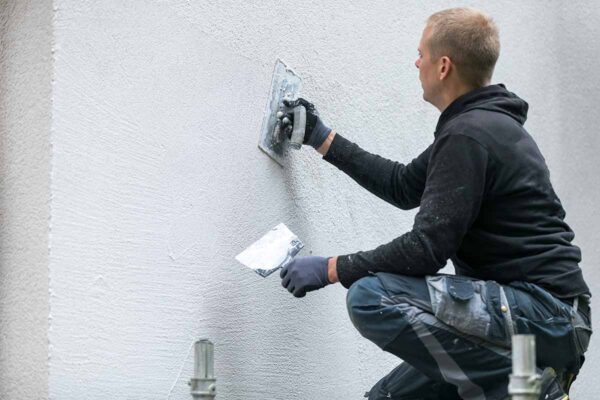
Safety should be paramount when preparing for exterior paint job execution. Chandler's intense sun, combined with the physical demands of preparation work, requires careful attention to worker safety and environmental protection.
When working with older homes, be aware of potential lead paint hazards. Homes built before 1978 may contain lead paint, requiring special handling procedures to prevent contamination. Use proper containment methods, including plastic sheeting barriers, HEPA vacuum equipment, and appropriate respiratory protection. Consider hiring certified lead-safe contractors for extensive work on older homes.
Ensure proper ventilation when using chemical paint strippers, solvents, or cleaning products like trisodium phosphate. Wear appropriate protective equipment including eye protection, gloves, and respiratory protection when sanding, scraping, or using chemical products. Maintain security protocols when using ladders or scaffolding, and never work alone on elevated surfaces.
Final Preparation Steps
As you complete preparing for exterior paint job success, conduct a final inspection to ensure all surfaces are properly prepared. Check that all cleaning has been completed, repairs have cured properly, primer has been applied where needed, and protective coverings are secure.
Verify that all tools are clean and ready, paint and materials are properly stored and accessible, and weather conditions are favorable for beginning the painting process. Remove any remaining debris from work areas, and ensure adequate lighting for detailed work. Double-check that all safety equipment is in place and that your painting crew or family members understand the work plan and safety protocols.
Frequently Asked Questions About Preparing for Exterior Paint Jobs in Chandler
Trust JR's Painting for Professional Exterior Paint Job Preparation
Preparing for exterior paint job success requires attention to detail, proper timing, and understanding of how Chandler's unique climate affects each step of the process. At JR's Painting, we understand that proper preparation is just as important as the paint application itself.
Our experienced painting crew handles every aspect of preparing for exterior paint job success, including:
- Complete surface inspection and cleaning with professional equipment
- Expert repairs using quality fillers, caulk, and sealants designed for desert conditions
- Proper primer application for all surface types including wood, stucco, brick, and metal
- Lead-safe work practices and comprehensive safety protocols
Ready to start preparing for exterior paint job success? Contact JR's Paintingtoday for a free consultation and discover how proper preparation can make the difference between a paint job that lasts a few years and one that protects and beautifies your Chandler home for a decade or more.
Related Articles
Exterior Painting, Residential Painting


